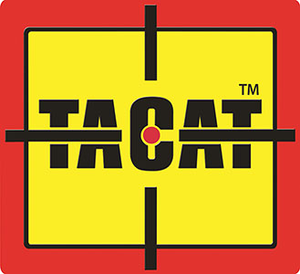Pennsylvania Game Commission Confirms EHD In Wild Deer
Pennsylvania Game Commission Confirms EHD In Wild Deer In Northampton County

HARRISBURG, PA –-(Ammoland.com)- Pennsylvania Game Commission officials today announced that test results from a wild deer have confirmed that epizootic hemorrhagic disease (EHD) has been found in Northampton County. This sample was collected Aug. 18.
EHD also has been confirmed in captive deer in Northampton County in the vicinity of the wild deer. Additionally, one captive deer in Erie County was confirmed to have died of EHD, based on a sample collected Aug. 13.
Residents are encouraged to call their respective Game Commission region office to report dead or sick deer. Contact information is available on page 5 of the 2011-12 Pennsylvania Digest of Hunting and Trapping Regulations, which is presented to each license buyer, and also on the agency’s website (www.pgc.state.pa.us) by clicking on “About Us” in the menu bar at the top of the page and then selecting “Regional Information.”
To provide the public with more information about EHD, the agency has posted an EHD information page on its website (www.pgc.state.pa.us). To view the information, place your cursor over “Wildlife” in the menu bar at the top of the page, then put your cursor over “Wildlife Diseases” in the drop-down menu listing and then click on “Epizootic Hemorrhagic Disease (EHD).”
EHD is a common but sporadic disease in white-tailed deer populations of the United States, and is contracted by the bite of insects called “biting midges.” In more northern states, such as Pennsylvania, EHD occurs less often and affected deer are less likely to mount an effective immune response. The virus usually kills the deer within five to 10 days. It is not spread from deer to deer by contact. While EHD is not infectious to humans, deer displaying severe symptoms of EHD are usually not suitable for consumption because of the rapid deterioration of the meat and secondary bacterial infection.
“Reports of dead or dying deer are important to us,” said Doug Killough, Game Commission Southeast Region Office director. “Though an actual count of afflicted deer is impossible to obtain, because of rapid decomposition and the area where the outbreak is occurring, we still value these reports. Also, tissue samples must be extracted within 24 hours of death to be suitable for conducting tests. That is why it is so important that we hear from residents as soon as possible after they find a suspect deer.”
There is no evidence that humans are at risk from EHD, but other diseases could be transmitted by careless hygiene when processing deer.
“As a routine precaution, all hunters are encouraged to wear rubber or latex gloves when handling or field-dressing any animal, and wash their hands and tools thoroughly after field dressing,” Killough said. “As with any wild game, meat should always be thoroughly cooked.
“Even though some EHD symptoms are similar to those of chronic wasting disease (CWD) – such as excessive drooling, weakness and a loss of fear of humans – there is no relationship between EHD and CWD. However, because these diseases coexist, deer submitted for EHD testing also are being tested for CWD.”
EHD is one of those diseases in which the mortality rate can be amplified by anything that serves to congregate deer, such as supplemental feeding, and placement of salt or mineral blocks. While the disease is not spread through deer-to-deer contact, congregating animals through feeding does make transmission easier by allowing midges that carry the virus greater access to a larger number of animals in a more confined area. Therefore, such feeding activities should be discontinued immediately.
In 1996, EHD was suspected to be the cause of death in nearly 25 deer in Adams County, but test results in that case were inconclusive. Other outbreaks in Pennsylvania were confirmed in 2002 and 2007.
